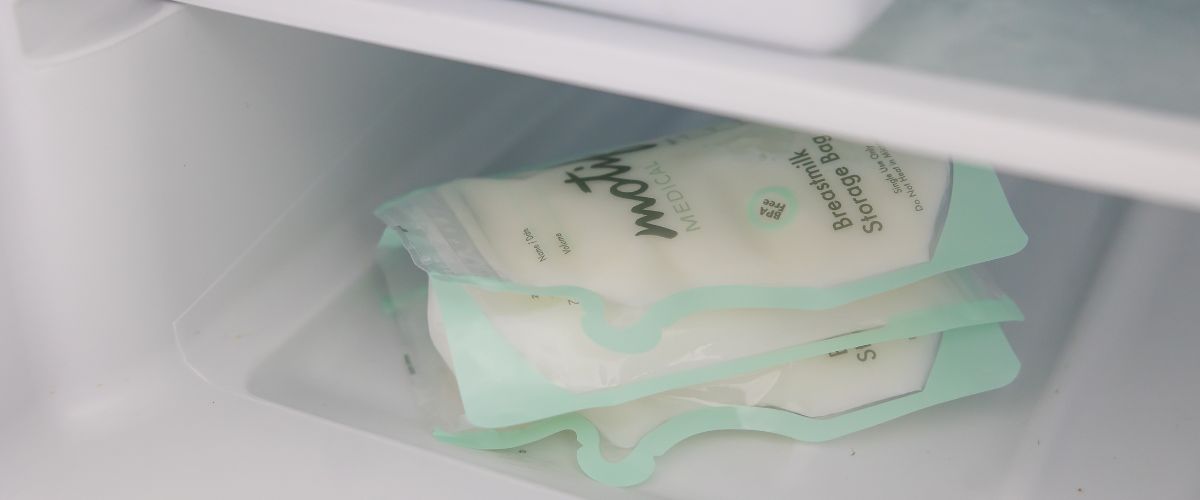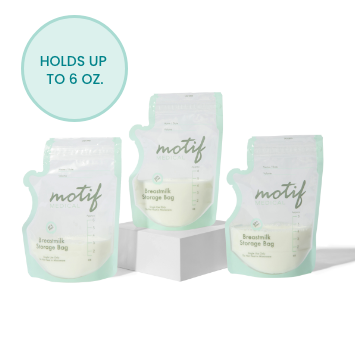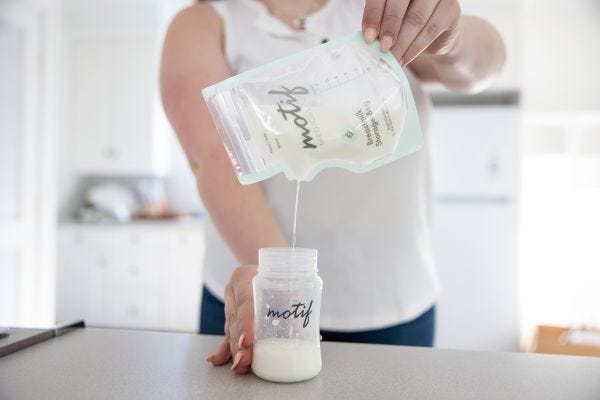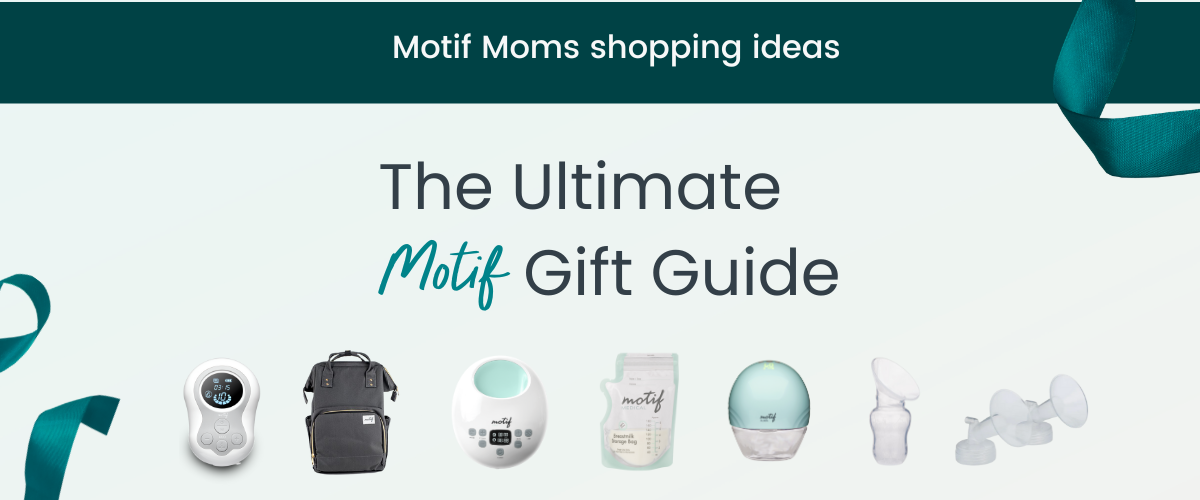Milk Storage Safety
Pumping can be stressful! If you have ever discovered a container of breastmilk that is past its prime in the back of your fridge, then you have likely tried everything in your power to keep it from happening again. With the stress of making time to pump, labeling and organizing bags of milk, washing pump parts, and rotating through your milk stash, it can be easy to feel overwhelmed. Breastfeeding moms who pump multiple times throughout the day and need a simple way to manage milk storage love the Pitcher Method too!
Keep reading to learn more about exactly what the Pitcher Method is and to determine if this popular milk pooling method might be right for you.
Milk Storage Guidelines
Before we jump into the Pitcher Method, let’s take a look at the CDC Guidelines for Human Milk Storage. 1
- Freshly Pumped Milk is safe at:
- Room temperature (<77oF) for up to 4 hours
- In the refrigerator (40oF0 for up to 4 days
- In the freezer (<0oF) for 0-12 months
- Thawed Milk (previously frozen) is safe at:
- Room temperature (<77oF) 1-2 hours
- In the refrigerator (40oF0) up 24 hours
- Never refreeze human milk after thawing
- Milk Leftover After a Feeding should be:
- Use within 2 hours after feeding
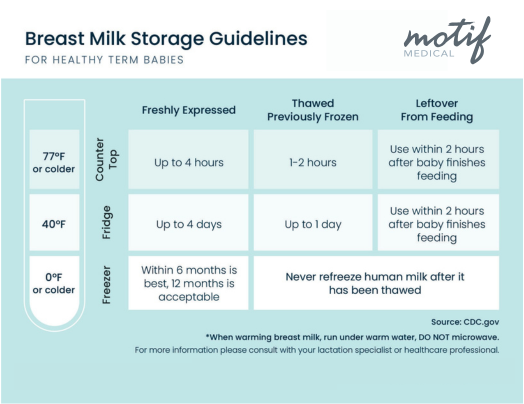

What is the Pitcher Method?
The Pitcher Method is the term commonly used to refer to the technique of pooling breast milk from a full day of pump sessions into a single container. While the name has “pitcher” in it, other containers work well too. Glass or food-grade plastic containers that are BPA-free and have a tight-fitting lid will work to collect your precious breast milk.
Many moms opt for mason jars, reusable water bottles, pitchers, and more for pooling and refrigerating a day’s milk. Be sure to avoid any plastic containers with the recycle number 7 because these containers may contain BPA and are not recommended for storing your collected milk. Moms love the convenience of collecting breast milk from multiple sessions, preparing the next day’s bottles, and then freezing any leftovers. The Pitcher Method is convenient for partners and caregivers as well. This method eliminates combining multiple bags of milk to make a full bottle or needing to remember which bag to use next.
@motifmedical What’s your go to method for milk storage?
Follow Motif Medical's TikTok for more breastfeeding tips.
Pros of the Pitcher Method
From cost savings to convenience, there are several advantages of the Pitcher Method.
Milk Storage Bags
Moms who use the Pitcher Method love that they do not have to purchase as many breast milk storage bags. This can be a huge cost savings over time because it eliminates the need for a storage bag for each pumping session. Instead, only a bag for freezing leftover milk is needed. Combining milk pooling with reusable silicone storage bags can boost savings even more!
Pooling Milk
Pooling milk can be particularly beneficial for preterm babies as the fat and calorie content of breast milk can vary throughout the day. Combining milk from different sessions can result in a more consistent nutrition profile offered at each feeding.2 In fact, donor milk is regularly pooled during the pasteurization process. If your baby is preterm, talk with your doctor for medical advice specific to your situation and milk pooling.
Milk Fat Content
Ensuring a more consistent mix of fat and calories can be beneficial in other circumstances as well. Some pumping mothers like pooling their milk to ensure a more consistent fat content in bottles of pumped milk. While the body doesn’t produce different types of milk (i.e., foremilk and hindmilk), there is a gradual increase in the amount of fat in breast milk throughout a nursing and/or pumping session. For this reason, milk collected from a Manual Silicone Breast Pump during letdown might not have as much fat as milk from a full pump session or milk collected later in a session. This milk can be pooled to help keep the fat content more consistent from bottle to bottle. Milk fat helps balance milk sugar and can help babies feel more satiated after feedings.
Fridge Organization
The Pitcher Method saves fridge space. Rather than needing to store and organize multiple bottles or bags of milk, a pitcher or other appropriate container makes use of vertical fridge space. For pumping moms with limited fridge space, this can be enough to make the switch!
Another fantastic benefit is that, with the Pitcher Method, you are less likely to miss a bag or bottle of milk that has been shuffled to the back of the fridge. Letting even a few ounces of liquid gold go to waste feels like a tragedy!
Potential Cons of the Pitcher Method
While the pros of the pitcher method are attractive, there are a few potential cons to consider.
Whoever said, “Don’t cry over spilled milk,” obviously never spilled their priceless breast milk! One big con of milk pooling is the risk of losing a whole pitcher’s worth of milk in one fell swoop. If you incorporate the Pitcher Method, be choosy about your storage container. While pitchers are convenient, they often do not have a lid that fully seals.
Many moms opt for flip-top lids that make Mason jars easier to pour from. This can be a great alternative to a traditional pitcher. A sealing lid can help reduce the risk of spills to some degree. Still, once the lid is opened, it’s vital to be extra cautious with your liquid gold!
Another potential con is that a pitcher or other large storage container can be difficult to sanitize. The CDC says that sanitizing pump parts, bottles, and storage containers can be done once daily for extra protection.3 Daily sanitizing is especially important if your baby is under 2 months, was born prematurely, or has a weakened immune system. Because containers that are large enough to accommodate milk pooling don’t easily fit in bottle sanitizers or microwave steam bags, using the sanitize function on your dishwasher may be the best option.4
Is the Pitcher Method Safe?
While health experts agree that pooling pumped breast milk is safe, some advise against mixing warm milk with cool milk. Some health professionals theorize that adding freshly expressed breast milk to previously cooled or frozen milk could increase the temperature of the cold milk enough to encourage bacterial growth. However, there is no research evidence that this is the case. If you are concerned about this, you can chill your fresh milk before adding it to previously cooled milk.
Night vs. Daytime Sessions
Recently, there has been an increase in discussion around sleep hormones in nighttime breast milk. Breast milk contains the hormone melatonin which helps prepare the body for sleep and has an impact on sleep-wake cycles. Some studies show that there is more melatonin in breast milk produced at night than at other times throughout the day. Tryptophan is an amino acid that is also present in breast milk and serves as a sort of building block for serotonin and melatonin. While melatonin has an impact on the circadian clock, serotonin helps regulate mood and sleep. Prolactin and Oxytocin are two additional hormones found in breastmilk that play a role in relaxation for both mom and baby. So far, we do not have conclusive evidence that pooling milk from different times of the day has the potential to influence infant sleep in a meaningful way, and additional studies are needed.4 If you are worried about the effect that milk pooling might have on your baby’s sleep, consider collecting and pooling nighttime milk separately from daytime milk feeding milk around the time of day it was collected.
What Are the Steps of the Pitcher Method?
- Gather Your Supplies- Choose a large container to pool your milk in. For most moms, a 24oz-32oz food-grade container with a lid works best. A container with a spout makes pouring easier. Be sure the container can hold the amount of milk you will pump by the end of the day.
- Keep It Clean- Wash your hands, clean your pumping surface, and wipe down your pump before pumping. Also, make sure your collection containers are clean and ready to go.
- Collect Your Milk- Pump or hand express your milk and add it to your collection container.
- Label It- If pooling milk across more than 24 hours, be sure to label it with the date of the oldest milk in the container.
- Prepare Baby’s Bottles - You can use your pooled milk to prepare the next day’s feedings all at once for later use or one at a time as needed.
- Freeze Extra Milk- Move any extra milk to the freezer as soon as possible for longer-term storage. Be sure to use bags or bottles that are intended for breast milk.
- Congratulate yourself on having simplified your milk storage routine!
References
Information provided in blogs should not be used as a substitute for medical care or consultation.


